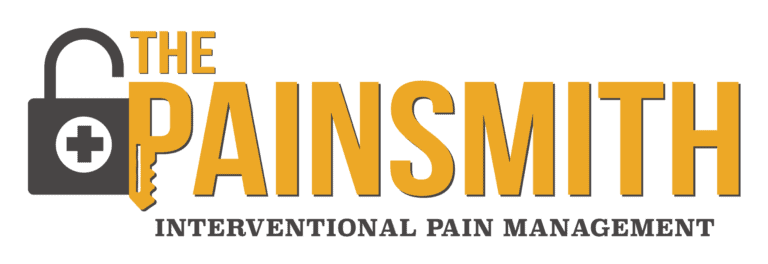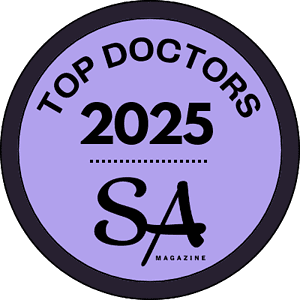Most of us have experienced the throbbing ache in your temples that signifies a headache. But is it just a headache or is it something more serious?
Not all headaches are migraines – migraines are just one type of headache. The three most common types of primary headaches are migraines, tension headaches, and cluster headaches. Although migraines impact millions of people, only a small percentage are accurately diagnosed and treated.
June is Migraine Awareness Month, so read on as Dr. Smith shares the differences between headaches and migraines, and your treatment options.
How are headaches and migraines different?
Migraines are a complex neurological disorder that affects multiple areas of the brain. Headaches are one key symptom of migraines, but there’s more to them than that.
You can differentiate migraines, cluster headaches, and tension headaches based on their symptoms, location, frequency, duration, warning signs, and triggers.
Symptoms:
- Migraines
– Pulsating Pain
– Nausea
– Increased sensitivity to light, sound or smells
– Dizziness
– Extreme fatigue - Tension Headaches
– Typically just pain
– May experience nausea - Cluster headaches
– Pain
– Red, watery eye or runny nose during the headache

Location:
- Migraines and cluster headaches are usually concentrated on one side of the head.
- Tension headaches can affect both sides.
Frequency:
- Cluster headaches occur in bunches (or clusters), with long periods of time between clusters.
- Migraines and tension headaches happen more randomly.
Duration:
- Cluster headaches typically last no more than a few hours.
- Migraines and tension headaches can last for days.
Warning Signs:
- With migraines, people often notice a pattern of symptoms before the headache starts and after the headache goes away.
- Cluster and tension headaches don’t usually cause symptoms before or after the headache.
Triggers:
- Migraines
– Alcohol
– Caffeine
– Food
– Genetics
– Hormonal and weather changes
– Lack of sleep
– Light and sound
– Stress - Headaches
– Alcohol
– Diet or hunger
– Hormones
– Lack of sleep
– Poor posture
– Strained neck and shoulder muscles
– Stress
How do you treat migraines?
Migraine and cluster headaches are chronic. They cannot be cured, but they can be managed. Typical treatments for migraines include OTC nonsteroidal anti-inflammatory drugs (NSAIDs), such as ibuprofen (Advil, Motrin), naproxen (Aleve), aspirin, acetaminophen (Tylenol), and Excedrin Migraine – a combination of aspirin, acetaminophen, and caffeine, triptans, and ergot derivatives.
However, taking painkillers too often can trigger serious medication-overuse headaches. Medication-overuse headaches occur when medications stop relieving pain and begin to actually cause headaches. More pain medication is then required, which continues the cycle. The highest risk seems to come from aspirin, acetaminophen and caffeine combinations (i.e. Excedrin). Overuse headaches may also occur if when taking aspirin or ibuprofen for more than 14 days a month, or triptans, sumatriptan (Imitrex, Tosymra) or rizatriptan (Maxalt, Maxalt-MLT) for more than nine days in a month.
If you are not responding to pain relieving medications, or if they are causing more headaches, you may want to consider alternative treatments such as Botox, Nerve Blocks, or Radiofrequency ablation.
At The PainSmith, we have several different options to help manage your migraine pain. You can request a consultation or give us a call and we’ll discuss your options.

